MYEFO: Treasury and RBA in forecast split
Treasury and the Reserve Bank are at odds over inflation, unemployment and wages, with budget update forecasting a rapid reduction in consumer price growth and rate cut relief next year.
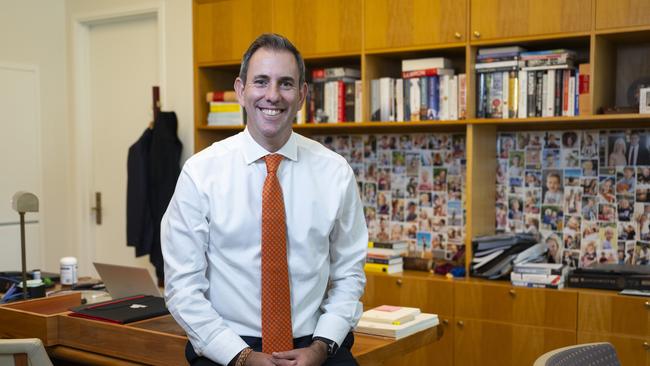
Treasury and the Reserve Bank are at odds over inflation, unemployment and wages, with Jim Chalmers’ mid-year budget update forecasting a rapid reduction in consumer price growth that will deliver rate cuts for households in the second half of next year.
The mid-year economic and fiscal outlook, which slashed deficit forecasts ahead of an expected second surplus in 2023-24, predicts inflation will plunge from 4.9 to 2.75 per cent within 18 months.
With households and businesses reeling from rising cost-of-living pressures and 13 rate hikes since May last year, economists said it was in Treasury’s interest for inflation to moderate faster ahead of stage three tax cuts commencing on July 1 next year.
Treasury, which upgraded its May budget economic growth outlook to 1.75 per cent in 2023-24 and confirmed inflation would be higher this financial year, expects consumer price growth will slow further to 2.5 per cent by June 2026 – the midpoint of the RBA’s 2-3 per cent target range.
The RBA, which this month warned further rate hikes may be needed to tame inflation, has forecast the consumer price index to fall to 3.3 per cent by June 2025 — 0.55 percentage points higher than Treasury.
The budget update added new tax and levy slugs, including a 15 per cent increase in passport fees to raise $349m over three years. Other measures include hitting family-friendly hybrids with a 33 per cent luxury tax, estimated to raise $155m over two years from 2025, and banking $500m a year by removing deductions on late fees for businesses and workers who don’t pay tax on time.
Amid rising state government anger over Transport Minister Catherine King’s infrastructure cuts, NSW and Victorian Labor governments on Wednesday attacked the Albanese government after the total value of scrapped and stalled projects was revealed to be $8.8bn.
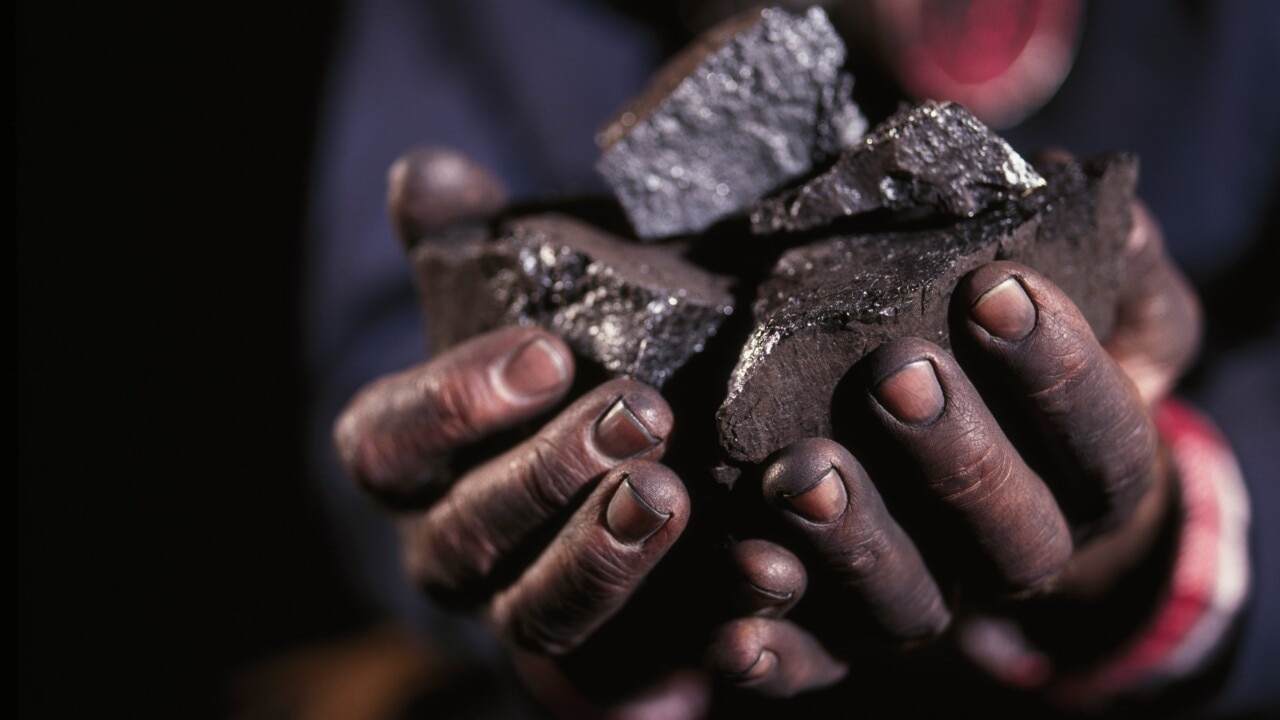
Compared with RBA forecasts, the mid-year budget update provides a more pessimistic view on unemployment and more optimistic outlooks on inflation and wages.
Riding the wave of a historic post-pandemic budget turnaround fuelled by windfall tax revenue and booming commodity prices, the Treasurer said he was within “striking distance” of a second consecutive surplus when he delivers his third budget on May 14.
MYEFO revealed soaring taxes on workers and companies would slash the national deficit to just $1.1bn this financial year on the back of a $12.8bn improvement in the projected bottom line. Over the four-year forward estimates period, the nation’s financial position improved by $40bn.
While Treasury says the historically low unemployment rate of 3.7 per cent will hit 4.25 per cent by mid-2024, the central bank says it will be 4 per cent over the same period. There is also a split on real wages growth, with the RBA expecting a paltry 0.1 per cent in 2023-24, compared with Treasury which trimmed its May budget forecast of 0.75 per cent to 0.25 per cent.
On conflicting advice around the inflation trajectory, Dr Chalmers said: “There is not a big difference in the way that the two institutions consider our inflation challenge. Treasury expects to get back to band in the middle of 2025.
“Forecasting inflation is obviously an imprecise science. In recent months, people have made all kinds of comments in the market about the shape of inflation in the near term, and that gives you a sense of how volatile it can be. Oil prices most recently, but rents have been part of the story as well.
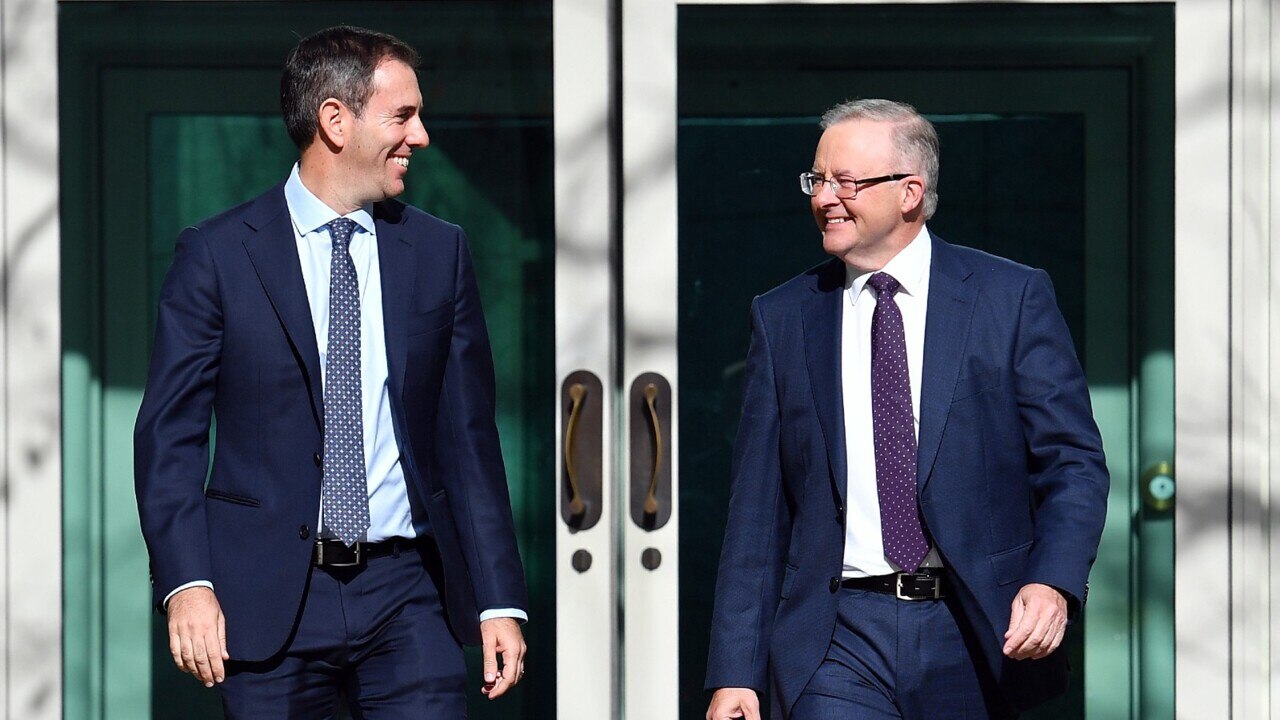
“Both institutions will continue to do the best that they can. They can explain to you in detail the source of their forecasts. Despite the pressure from oil prices in recent months, Treasury still expects to get back to the (target) band on the same time frame.”
Independent economist Chris Richardson said Treasury had continued to underestimate the effect of the Ukraine war on commodity prices and the boost to government revenue from high inflation. He warned that, ahead of the stage three tax cuts coming into effect, “we have to take inflation off the table as an issue as far as the Reserve Bank is concerned”.
“Treasury is clearly more confident than the Reserve Bank … that the tax cut is not a problem for the economy because inflation falls faster. Indeed, Treasury would say unemployment would be worse if it weren’t for that tax cut coming,” Mr Richardson said.
“If inflation turns out to be worse than the Reserve Bank expects and that tax cut arrives, that’s a tricky combination. It also says that the next big round of cost-of-living relief in Australia is for taxpayers and that means borrowers have to wait.
“Treasury says inflation is coming down faster but at the cost of higher unemployment.
“I would have a Treasury view on inflation, I’d have a Reserve Bank view on unemployment.”
Opposition Treasury spokesman Angus Taylor said Labor had “presided over $379bn in extra taxes”, taking tax receipts as a percentage of GDP to its highest level in 15 years.
“Instead of reducing spending, Labor has spent an additional $209bn – more than $22,000 per household,” Mr Taylor said.
ACTU acting secretary Liam O’Brien said MYEFO showed the government’s cost-of-living measures were directly reducing inflation. “Without these measures, real wages would be lower, for longer,” he said. “This will be welcomed by many workers who are seeing their pay cheque stretched.”
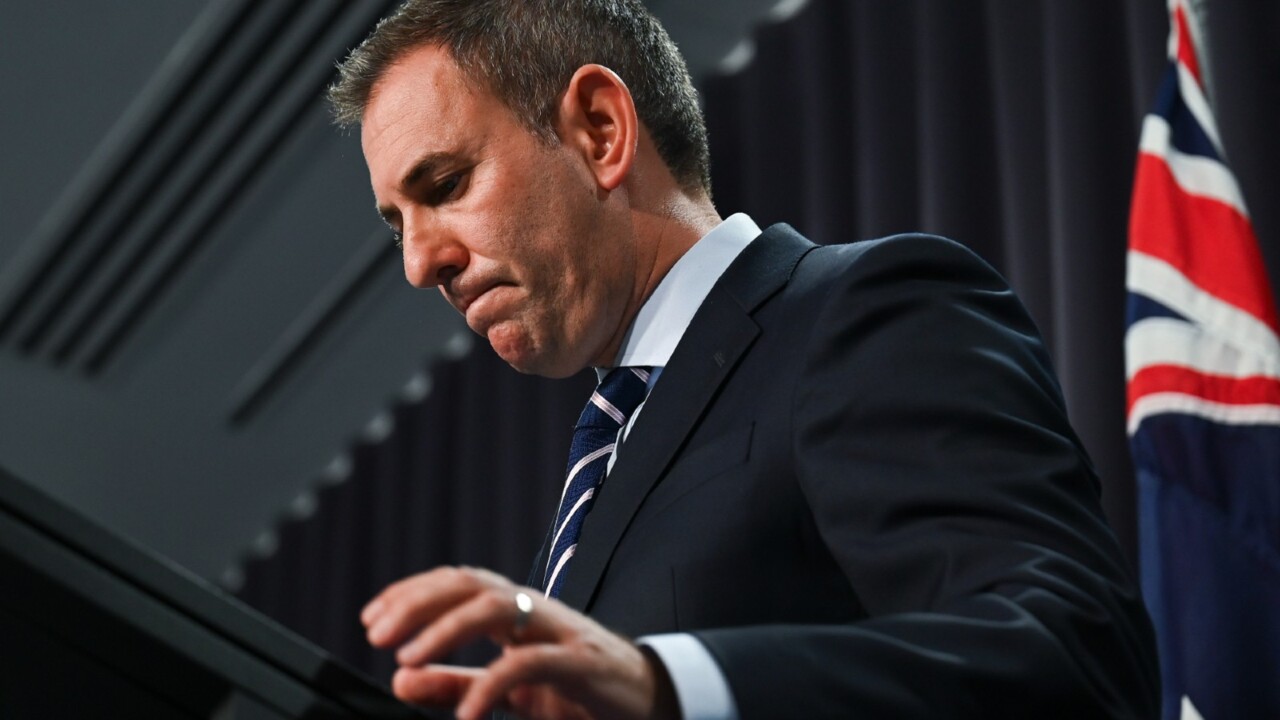
Labor’s $9.8bn in “savings and repriortisations” contained few actual savings, with the bulk linked to the government’s $8.8bn repriortisation of infrastructure funding, cancelling and delaying road and rail projects. A list of other savings and repriortisations released by Finance Minister Katy Gallagher totalled $1bn.
Australian Industry Group chief executive Innes Willox said stage three tax cuts had been factored into the budget’s growth and inflation forecasts as well as those of the Reserve Bank.
“While the economy is set to slow markedly in the current financial year, the government is still expecting a soft landing that returns inflation to below 3 per cent in 2025 while employment is anticipated to continue to grow, albeit slowly,” Mr Willox said.
ACOSS acting chief executive Edwina MacDonald urged the Albanese government to scrap the stage three tax cuts because they would “only further fuel inflation”.
Opposition finance spokeswoman Jane Hume said MYEFO confirmed inflation was going to remain higher for longer. “(The government) is telling you that they have saved and reprioritised. A saving is not a saving if you are spending it on something else,” she said.


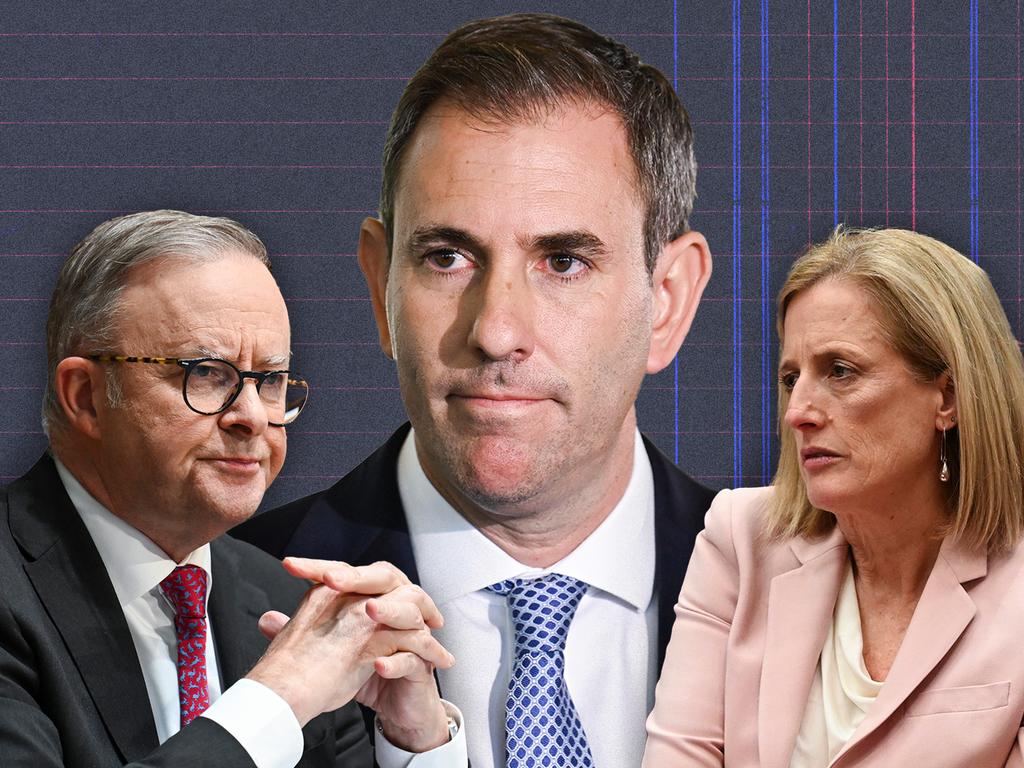
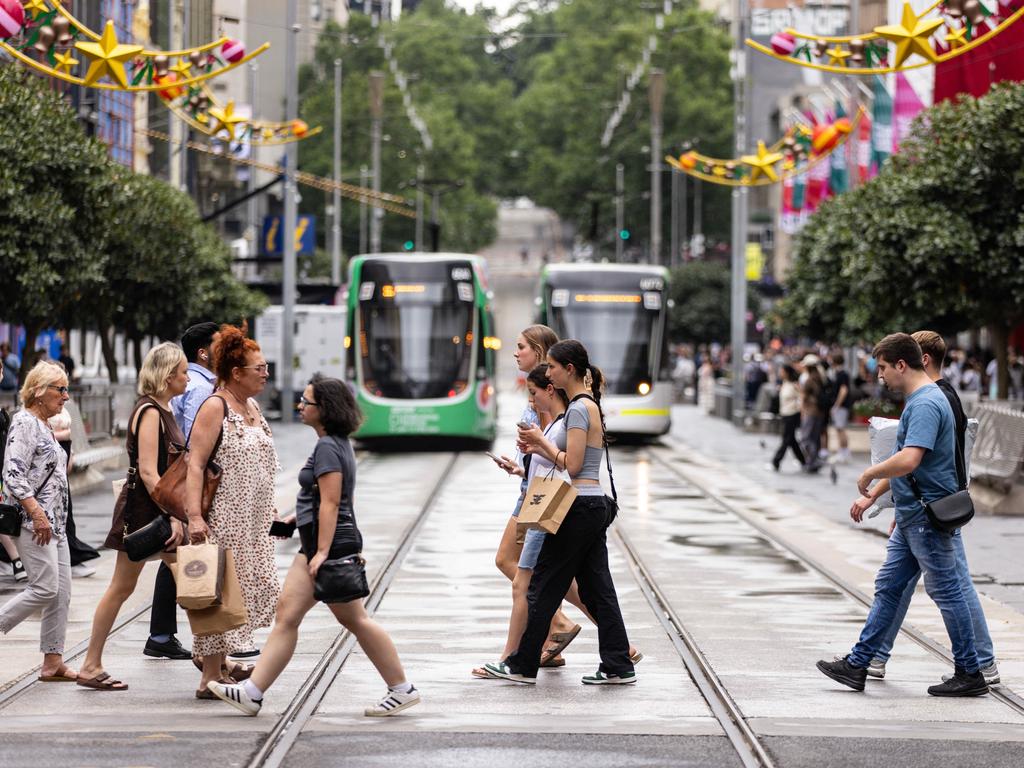



To join the conversation, please log in. Don't have an account? Register
Join the conversation, you are commenting as Logout